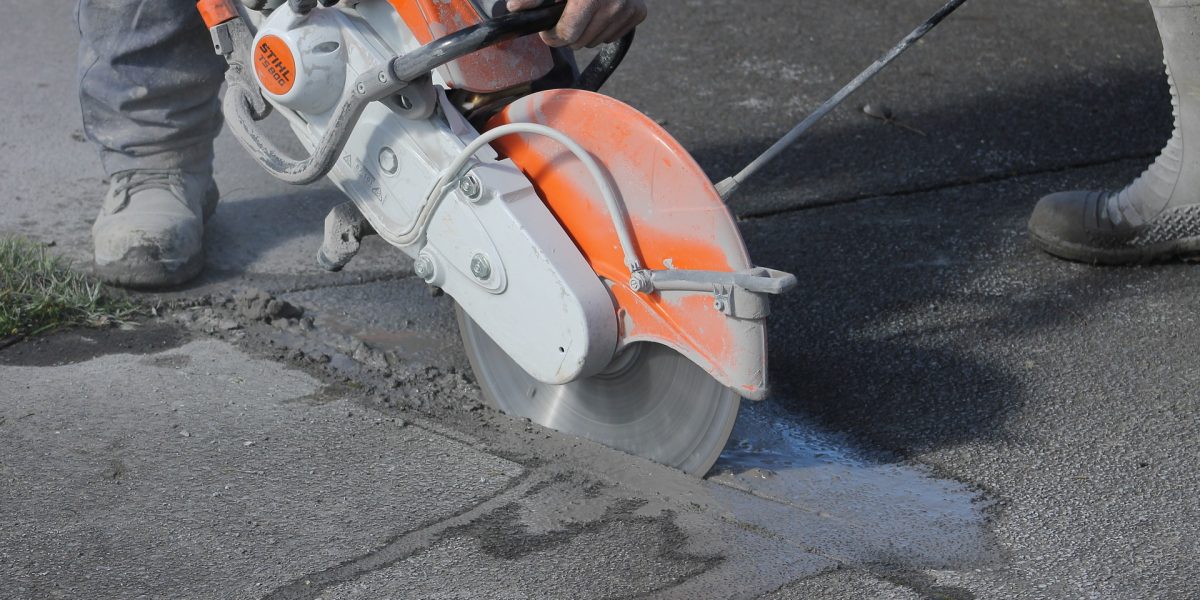Working Around Concrete Dust
You don’t have to look very far to find someone working with concrete. That means working around concrete dust. Concrete is a very useful material in construction. Even so, there are precautions that should be adhered to when working concrete. In this article we will consider what is in concrete dust, how it can affect one’s health, and how industrial dust collection plays a role.
What is in Concrete Dust?
Concrete dust is a mixture of ingredients. While concrete mixtures vary, all concrete has some basic ingredients. Those ingredients include:
- Cement
- Gravel
- Sand
- Water
These ingredients are mixed together and a reaction takes place. The reaction is described by Wikipedia this way:
The cement reacts with the water and other ingredients to form a hard matrix that binds the materials together into a durable stone-like material that has many uses.
As you can see, there ingredients in concrete that may be of interest to you if you are familiar with the effects of respirable silica. For example, the sand is an ingredient that might trigger an alert in the minds of some. And for good reason that ingredient list might give rise to an interesting question.
Is Concrete Dust Dangerous?
Contemplating the danger of any particular type of dust is not a bad idea. After all, there are standards for protecting workers from the affects of various kinds of dust. But why is concrete dust among the potentially dangerous types? Let’s look briefly at that question.
Cement and Silica
The short answer to the question of why concrete dust is dangerous is that the cement can burn flesh when it gets wet. Also, the silica content of concrete means that the dust from grinding, sanding, and cutting concrete can contribute to lung disease and other health and respiratory problems. The key then is be aware of how concrete dust is generated and what you can do to reduce how much of it stays in the air.
Exposure to Concrete Dust
Several construction tasks can expose a person to concrete dust. Some of these tasks include:
- Concrete Demolition
- Crushing Concrete
- Loading Concrete
- Hauling Concrete
- Hammering Concrete
- Concrete Drilling
- Sawing Concrete
- Concrete Grinding
- Sweeping Concrete
That list is not exhaustive, but it does show that there are a number of ways that a person can be exposed to concrete dust. In short, if you work with concrete, there will be dust in the environment.
OSHA Guidelines for Reducing Concrete Dust Exposure
The information regarding dust exposure as it relates to concrete can be found in the OSHA® FactSheet entitled OSHA’s Respirable Crystalline Silica Standard for Construction and that document can be found online at this location.
Among other things that the FactSheet describes is the requirement for employers to limit worker exposures to respirable crystalline silica and to take other steps to protect workers. This can be done in in more than one way. For example, concrete dust collection equipment helps.
The standard also requires a written exposure control plan that identifies tasks that involve exposure and methods used to protect workers.
Dust Control’s Role
The role of dust control equipment in the concrete industry is important due to the aforementioned standards. Keeping dust at bay by reducing worker exposure through dust collection systems can help to keep respirable crystalline silica from becoming suspended in the air. Thus, reducing the amount of dust breathed in by workers.
Concrete is not the only industry that generates dust which could prove to be harmful. But as we have seen, there is good reason to look into what you can do to control dust. If you do, you might find that reducing respirable dust need not be a gigantic undertaking.
Concrete Dust Collector Booths

